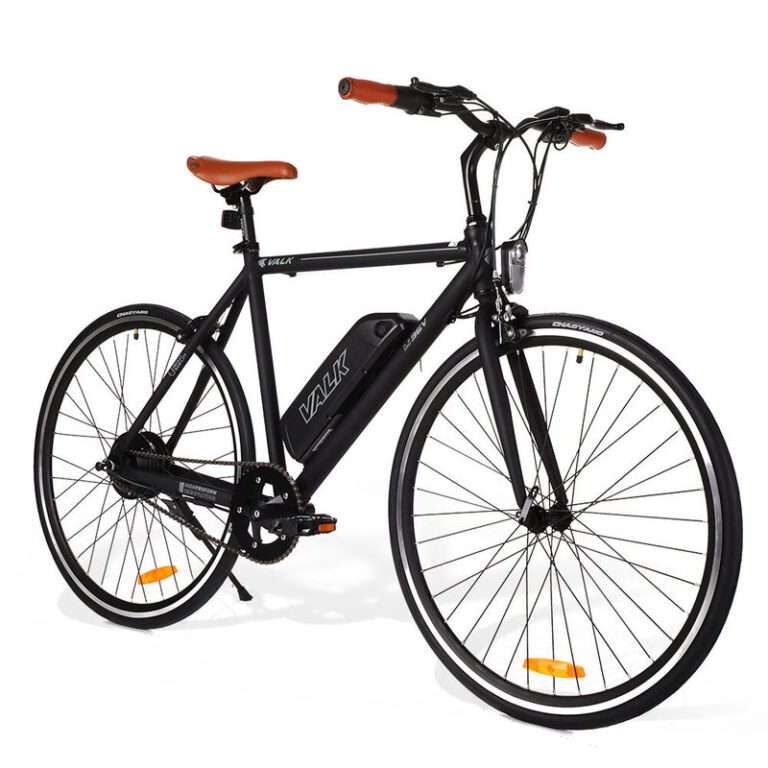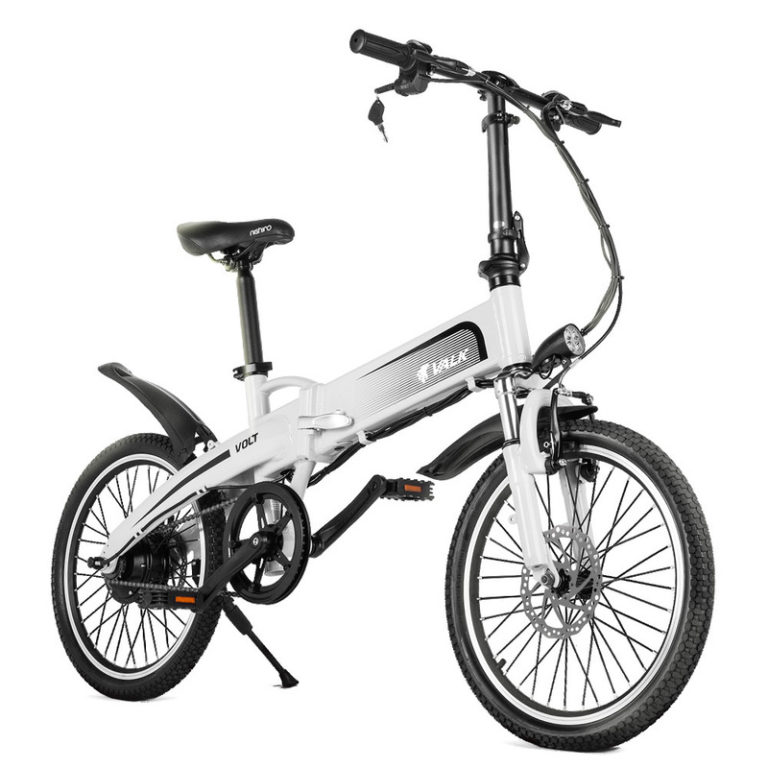Everything You Need to Know About the Self-Charging Electric Bike
Are you tired of constantly worrying about the battery life of your electric bike? Do you wish you could ride for hours without stopping and recharging? If so, the self-charging e-bike might be just what you're looking for.
This advanced transportation option combines the convenience of an electric bike with the sustainability of solar power.
With a self-charging electric bike, you can cruise through your city or countryside in Australia, soaking up the sun's rays and converting them into clean, renewable energy.
That means you can ride for longer without worrying about running out of batteries or searching for a charging station.
Not only is the self-charging e-bike a sustainable mode of transportation, but it's also incredibly convenient. Continue reading to find out more about self charing electric bikes.
Key Takeaways
Self-charging electric bikes generate electricity through the rider's pedaling downhill, which can be stored in a battery for later use.
Integrating self-charging technology into other vehicles like cars and hybrids could lead to a more sustainable future with reduced carbon emissions and increased use of clean energy.
Regenerative braking is a technology utilized in an electric car that captures energy lost during braking and redirects it back into the battery. Still, it is less commonly used in electric bicycles.

How Self-Charging Electric Bikes Work
The technology behind self-charging electric bikes is relatively simple yet highly effective. Essentially, these bikes generate electricity as the rider pedals downhill. This energy is then stored in a battery, which can power the bike when the rider needs a boost.
The components of a self-charging bike include a frame, handlebar, rear wheel, tires, gears, and pedals. All of these components work together to create a seamless riding experience.
The differences between self-charging and traditional e-bikes are noticeable. Classic electric bicycles require external charging, which can be time-consuming and inconvenient. They also tend to have a limited range, which can significantly drawback riders.
In contrast, self-charging e-bikes generate their power, so there's no need for external charging. They also have a longer range, making them more convenient for longer rides.
Advantages of Self-Charging Electric Bikes
The primary advantage of riding a self-charging e-bike is the reduced need for external charging, making it a more efficient and convenient option than traditional bikes.
Self-charging bicycles have an unlimited range, as they generate power while the rider pedals downhill, allowing for longer rides without worrying about running out of power.
Another benefit of them is the lower environmental impact. This is because they don't rely on external sources and generate clean, renewable energy through the rider's pedal effort.
The self-charging mechanism eliminates the need to find a charging station, saving time and making it a more convenient turbo mode of transportation.
With self-charging e-bikes, riders can take advantage of the physical exercise provided by the pedal and the convenience of electric power, creating a hybrid experience that's both fun and efficient.
The technology behind them is constantly improving, and there is potential for further integration with renewable energy sources and innovative grid systems, leading to even more benefits in the future.
As the market for self-charging electric bikes grows and develops, more options and models may become available, making it easier to find the right fit for your needs.
Potential Drawbacks and Limitations of Electric Bikes
One of the main drawbacks of self-charging bicycles is their higher cost than traditional e-bikes due to the advanced technology and components involved.
The charging efficiency and speed of self-charging bicycles are limited. While they generate power while the rider pedals downhill, they still require some effort from the rider to recharge the battery.
The availability of self-charging technology is still limited, and the market for these bikes is relatively new, making it difficult to find a model that meets specific needs.
Finding a suitable model from a reputable brand or seller with the desired features and specifications is challenging.
Case Studies and Examples of the e-Bike
A few real-world examples of self-charging electric bicycles have been designed and manufactured.
One of the most popular models is the X-treme Scooters XB-502 Electric Bike with a kinetic energy recovery system and pedal assist.
This bike features a powerful 500W motor, up to 50 miles per charge range, and the ability to self-charge while riding downhill.
Another example is the SwagCycle Pro, a folding bike capable of self-charging while riding downhill.
This bike also features pedal assist, torque output, a range of up to 15.5 miles per charge, and a top speed of 15 mph.
These examples show that self-charging electric bicycles are possible, practical, and efficient. Compared to traditional bikes and other transportation options, self-charging bicycles offer some benefits, including reduced need for external charging, increased range, greater speed, and lower environmental impact.
Future Developments and Possibilities
Self-charging technology holds immense potential for growth and advancement. One way to further harness this technology is by incorporating it with renewable energy sources and innovative grid systems in self-charging electric bicycles.
This combination can allow cyclists to not only ride on their batteries but also generate energy while riding.
In the long run, this can lead to cost savings and a more environmentally conscious approach to transportation.
Another promising avenue of exploration is integrating self-charging technology into a broader range of vehicles, such as cars and hybrid vehicles.
Integrating self-charging technology into these modes of transportation would significantly reduce the reliance on external charging and contribute to creating a more sustainable future.
Frequently Asked Questions
Here are some common FAQs about self charging e-bikes.
Can Electric Bikes Charge Themselves?
Regenerative braking is a unique technology widely utilized in electric cars but less so in e-bikes. Despite being a possible option that provides effective engine braking, the return on power it generates is relatively low.
This technology captures the energy that is usually lost during braking and redirects it back into the battery, providing an additional power source for the vehicle.
Although the regenerative system is not the most efficient for engine braking, it is still a valuable addition to electric vehicles and can contribute to their overall performance.
Will Electric Bikes Charge While Pedaling?
Conserving batteries is the whole point of ensuring a bike's efficient and smooth ride. However, not all e-bikes come equipped with modern features like regenerative braking, leading to confusion about how they recharge.
The truth is that the method of charging on an e-bike can vary depending on the specific model and design. Some e-bikes may charge solely through pedaling, whereas others may only recharge when the brakes are applied.
It all depends on the technology and components integrated into the electric bicycle. So, if you're unsure about how your e-bike charges, it's best to consult the e-bike manufacturers or the manual for a clear understanding.
How Effective Is the Regenerative Braking on the e-Bike?
The impact of regenerative braking on a full battery charge is relatively minimal. Typically, regenerative braking accounts for a mere 5 to 10 percent of a full charge. However, this figure can be increased by utilizing the regenerative braking function during steep inclines.
When traveling downhill or descending a steep slope, the brake can capture a significant amount of energy that can be redirected back into the battery, thereby increasing the overall battery capacity.
Thus, incorporating regenerative braking during steep inclines can significantly enhance the charging capacity of an electric bike's battery.
Final Thoughts
Self-charging bicycles are a promising new development in sustainable transportation. With their unique combination of traditional cycling and advanced technology, these bicycles offer several benefits over classic bicycles and conventional bicycles.
They reduce the need for external charging, have a longer range, and have a lower environmental impact, although some models may have extra weight on them due to the components.
While there are some potential limitations and drawbacks, such as higher cost and limited availability, the future of self-charging technology is bright; with further innovation and integration with renewable energy sources and smart grid systems, self-charging electric bikes may become a common sight on roads and bike paths shortly.









